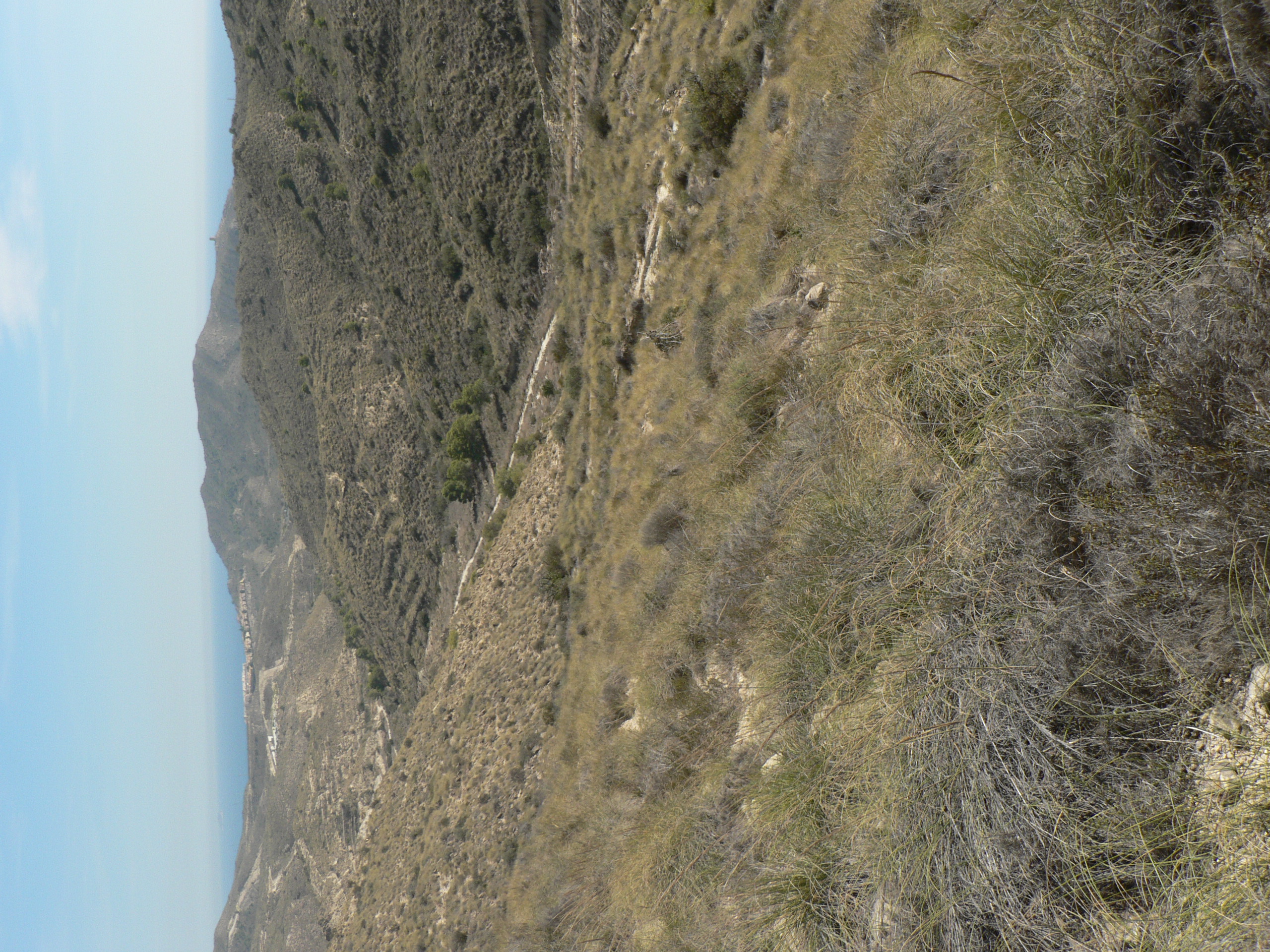Tormo, J., Amat, B., Cortina, J., 2020. Effects of woody vegetation patches on species composition in Stipa tenacissima steppes. J. Arid Environ. 181, 104246. https://doi.org/10.1016/j.jaridenv.2020.104246
Here the abstract:
Stipa tenacissima steppes cover 70,000 km2 in the Mediterranean basin. In these habitats, resprouting shrubs form woody patches that were removed in the past to promote fiber and forage production. Patches are recovering after decades of abandonment. Patches enhance plant richness and affect ecosystem functioning. Yet, they have been commonly considered as a single entity, paying scarce attention to patch heterogeneity, patch dynamics and their impact on community composition. We describe the physical and biotic structure of 450 patches in 15 catchments along a climate gradient in southeastern Spain, and analyze the drivers of overstory and understory composition and recruitment of patch-forming species. Patches were formed by one to six species (Quercus coccifera, Juniperus oxycedrus, Rhamnus lycioides, Ephedra fragilis, Pistacia lentiscus and Osyris lanceolata). Climate determined the species composition in each patch, their physical characteristics and the recruitment of patch-forming species. Species cover and richness depended on the dominant species. Our results suggest that patches dominated by Quercus coccifera and Juniperus oxycedrus may decline and patches dominated by Rhamnus lycioides and Ephedra fragilis may expand as climate warms. They also provide new insights on the interactions in patch communities very relevant for the conservation and management of S. tenacissima steppes.

